The model of raising cows in groups of households in village 5 has initially shown effectiveness - Photo: KS
From the point model
Mr. Le Quang Thao’s family in village 5 is one of the households that have been raising cattle for many years in Ba Long commune. However, due to the free-range farming method, the long raising time, and frequent outbreaks of diseases in livestock, the economic efficiency is not high.
In 2019, from the capital of the National Target Program for New Rural Development, Mr. Thao was supported to intensively cultivate 15 crossbred cows with 25% Sind blood, supported with elephant grass seeds, feed cutters, and water systems for livestock farming. To raise livestock more systematically, he invested in building a solid barn system and planted 2 hectares of elephant grass.
During the process of raising livestock, he participated in many training courses on techniques for taking care of cows, growing grass...; and knew how to utilize agricultural by-products such as straw, stubble, green bean stalks, corn, peanuts, and cassava after harvest to make food for livestock.
Thanks to the application of proper livestock farming techniques, especially proactive disease prevention for livestock, his family's herd of cows has developed well, bringing in a fairly high income. Recognizing the initial effectiveness of the model, the local government encouraged Mr. Thao and two other households to establish a Cooperative for raising fattened cattle in pens.
To date, the model has grown more than 50 cows and has sold more than 20 commercial cows. By combining confinement with grass growing and proactively providing food for the herd, households in the cooperative have a fairly stable income, have the conditions to educate their children and improve their material and spiritual life.
Mr. Thao said: “Since switching from free-range to caged cattle farming, the herd has grown rapidly, is healthy, less susceptible to disease, and has a higher income than before. Therefore, the cooperative is determined to maintain and develop this model; at the same time, it is willing to share its experience in raising cows in cages with households in need in and outside the village and commune so that together we can overcome difficulties and become rich legitimately.”
Head of Village 5, Ba Long Commune, Ho Van Cu, said: “Over the time of building this model, I have seen that the sense of responsibility of households in joining hands to care for and prevent diseases for livestock has been enhanced. In particular, limiting free-range livestock farming helps to make the environment in the village and commune cleaner. We will promote and mobilize livestock farming households in the area to learn and replicate this model.” |
... Join hands to reduce poverty
Village 5, Ba Long commune currently has 112 households with more than 500 people, people's lives mainly depend on forestry, rice farming and livestock farming. Due to free-range farming, livestock diseases often occur, causing great economic losses to the people.
Using a grass cutter in raising cows in the barn at Mr. Le Quang Thao's cooperative - Photo: KS
Through the effectiveness of the concentrated cattle breeding model of the above cooperative, in May 2025, from the capital source to support production development of national target programs on sustainable poverty reduction, socio-economic development in ethnic minority and mountainous areas, the People's Committee of the old Trieu Nguyen commune built 2 more groups (each group of 4-6 households) to raise cattle in barns.
Accordingly, each group is supported with 9-12 crossbred Sind cows of 25% blood, each participating household is supported to plant 0.5 sao of elephant grass. Group members contribute their efforts and funds to build barns. Currently, the cow herds of the household groups are growing well.
In the group of households raising cows in barns led by Mr. Nguyen Quoc Dung, there are 6 members, each member is supported with 2 crossbred Sind cows. The cows are large and beautiful, so they are quite easy to care for. However, due to drought, elephant grass does not grow well, so the group of households has to assign members to cut more natural grass for the cows to eat. Occasionally, the households bring the cows to the pasture and take turns to look after them.
“We are committed to taking good care of the herd together to multiply the herd and escape poverty sustainably. At the same time, we hope that the local government will plan pastures to ensure a long-term food source for the herd,” Mr. Dung shared.
The model of raising cows in barns not only helps people improve their income but also contributes to encouraging people in village 5 to escape poverty and share livestock raising experiences in the community. Vice Chairman of Ba Long Commune People's Committee Tran Huu Hieu said: "Up to now, the total herd of cattle in the commune is about 1,930. To improve livestock raising efficiency, in the coming time, the commune will encourage people to raise cattle in concentrated and in barns; continue to send cadres to propagate and guide people to choose high-yield, high-quality breeds suitable for local weather and market demand; care techniques, disease prevention for livestock; build barns, drainage systems to ensure the environment; take advantage of locally available agricultural by-products and waste, plan grass areas to proactively source food for livestock".
Ko Kan Suong
Source: https://baoquangtri.vn/nuoi-bo-tham-canh-huong-phat-trien-kinh-te-moi-cua-nguoi-dan-ba-long-196016.htm


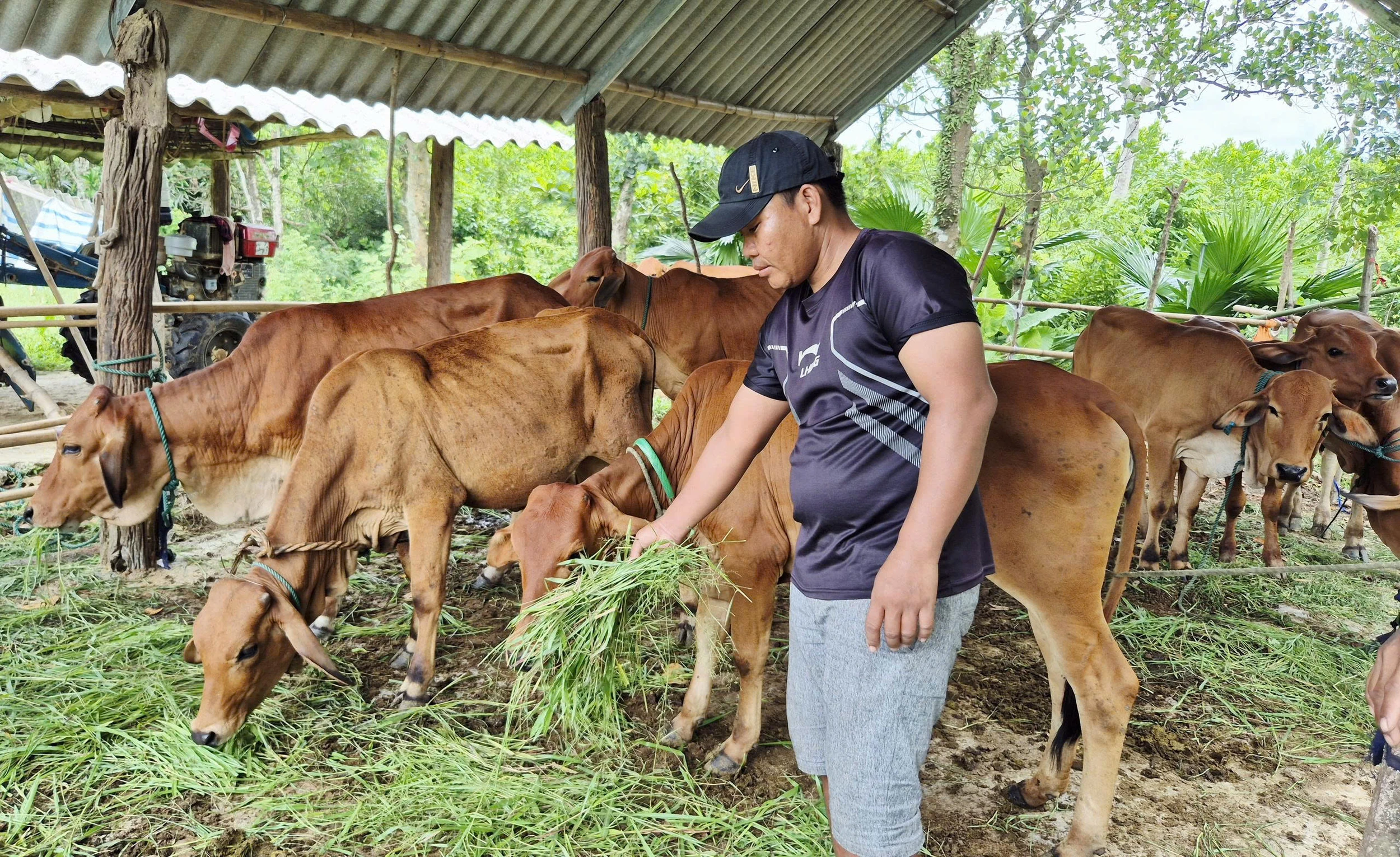
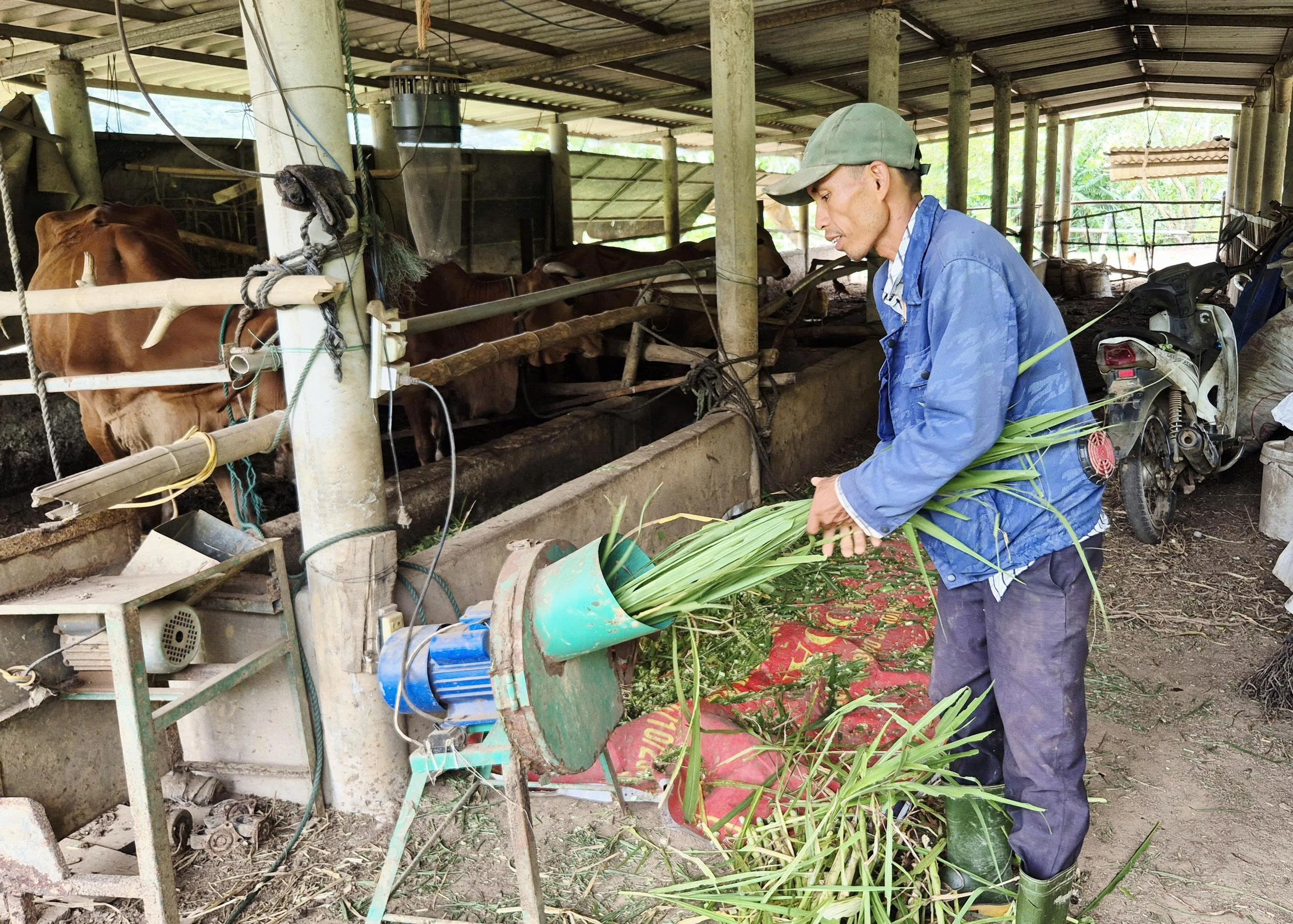
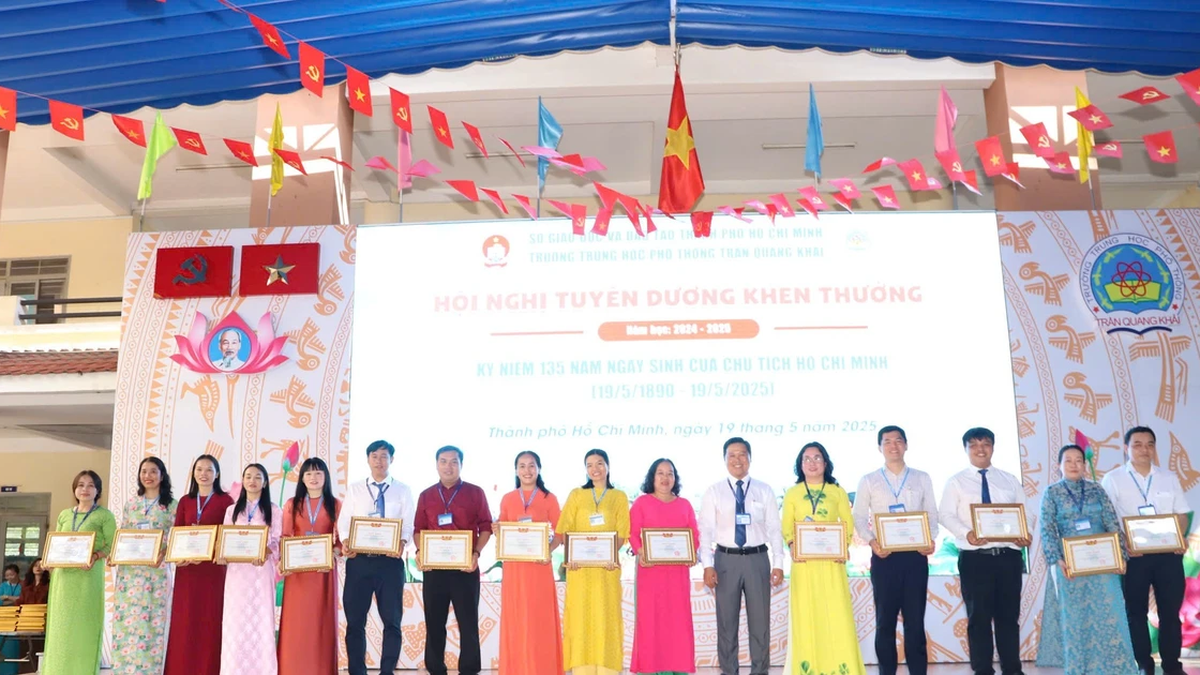
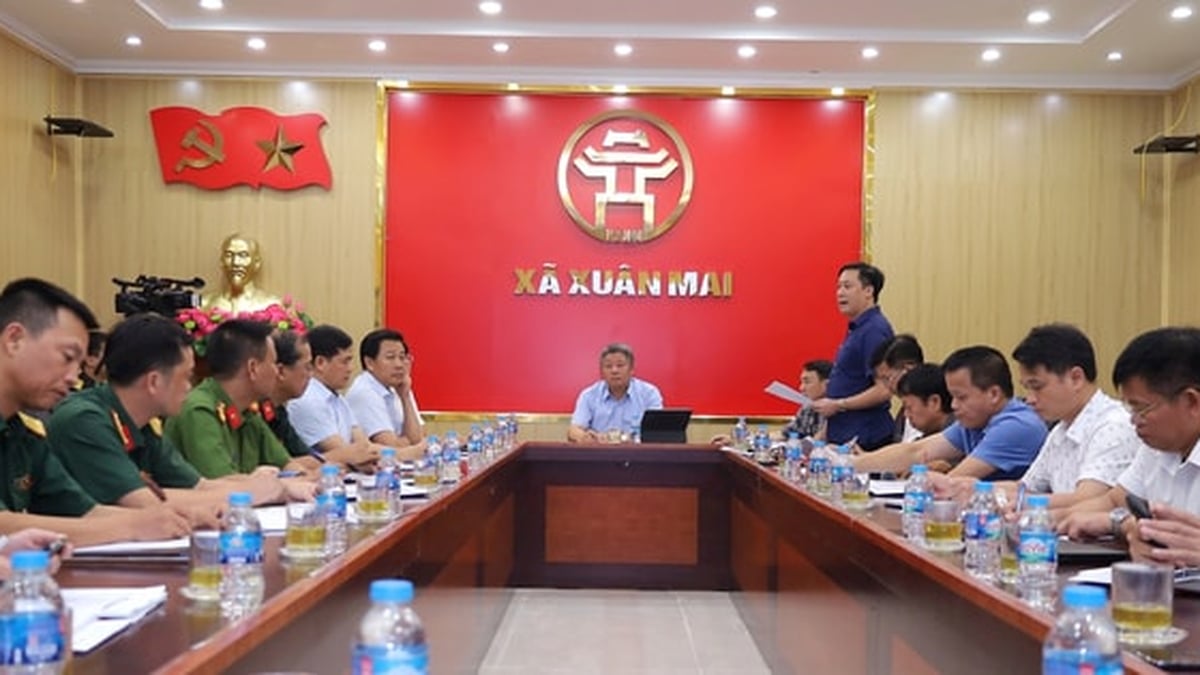
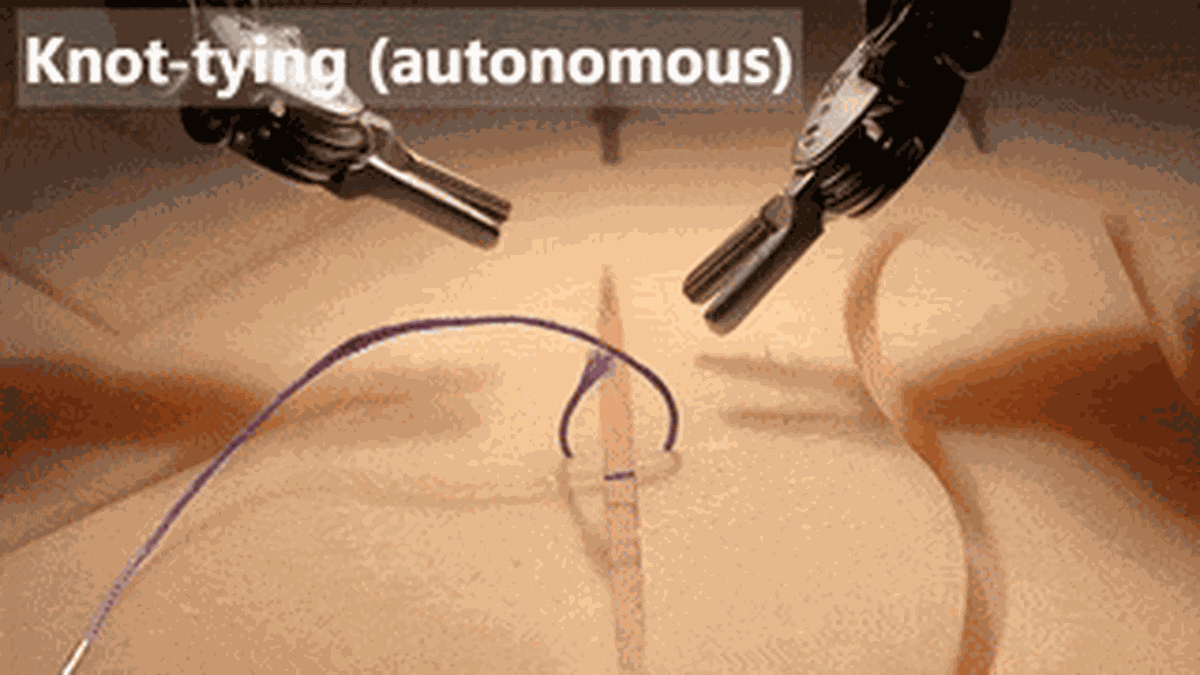


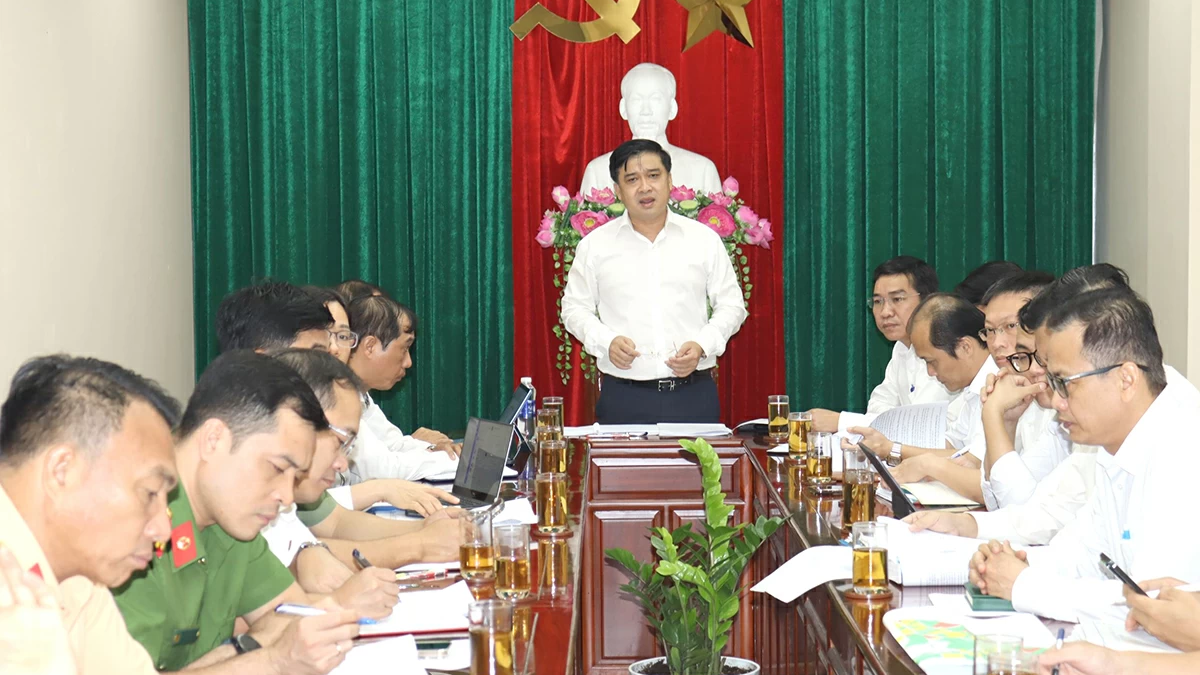

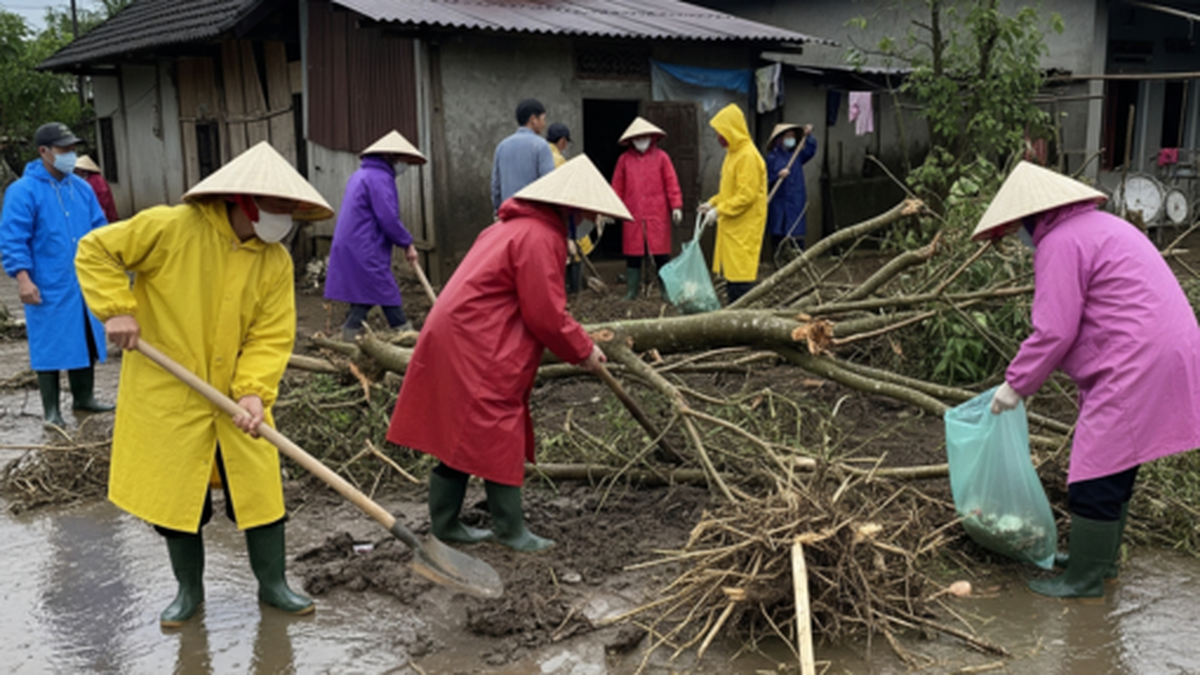
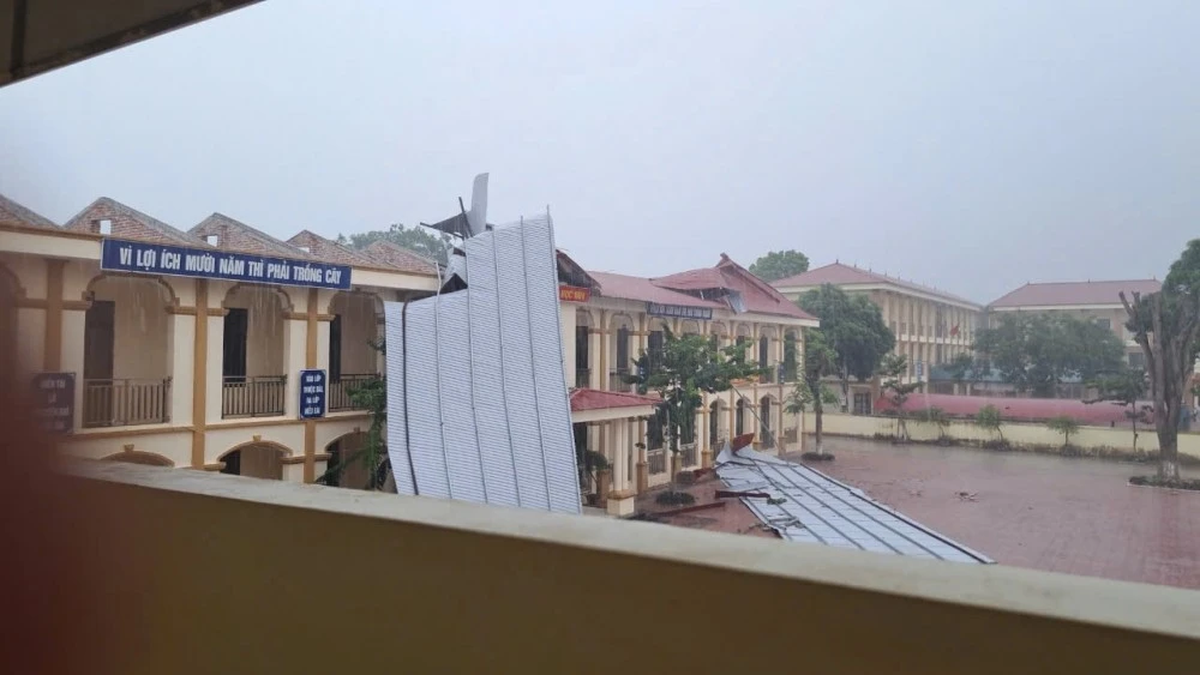
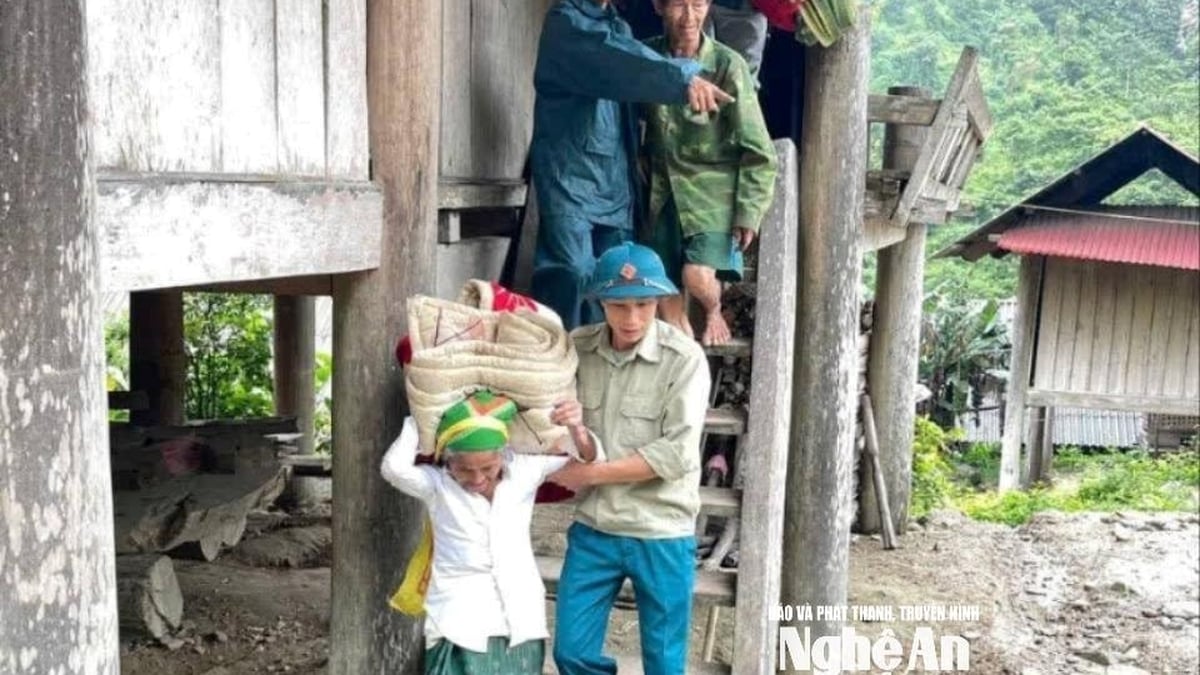
















![[Photo] National Assembly Chairman Tran Thanh Man visits Vietnamese Heroic Mother Ta Thi Tran](https://vphoto.vietnam.vn/thumb/1200x675/vietnam/resource/IMAGE/2025/7/20/765c0bd057dd44ad83ab89fe0255b783)








































































Comment (0)